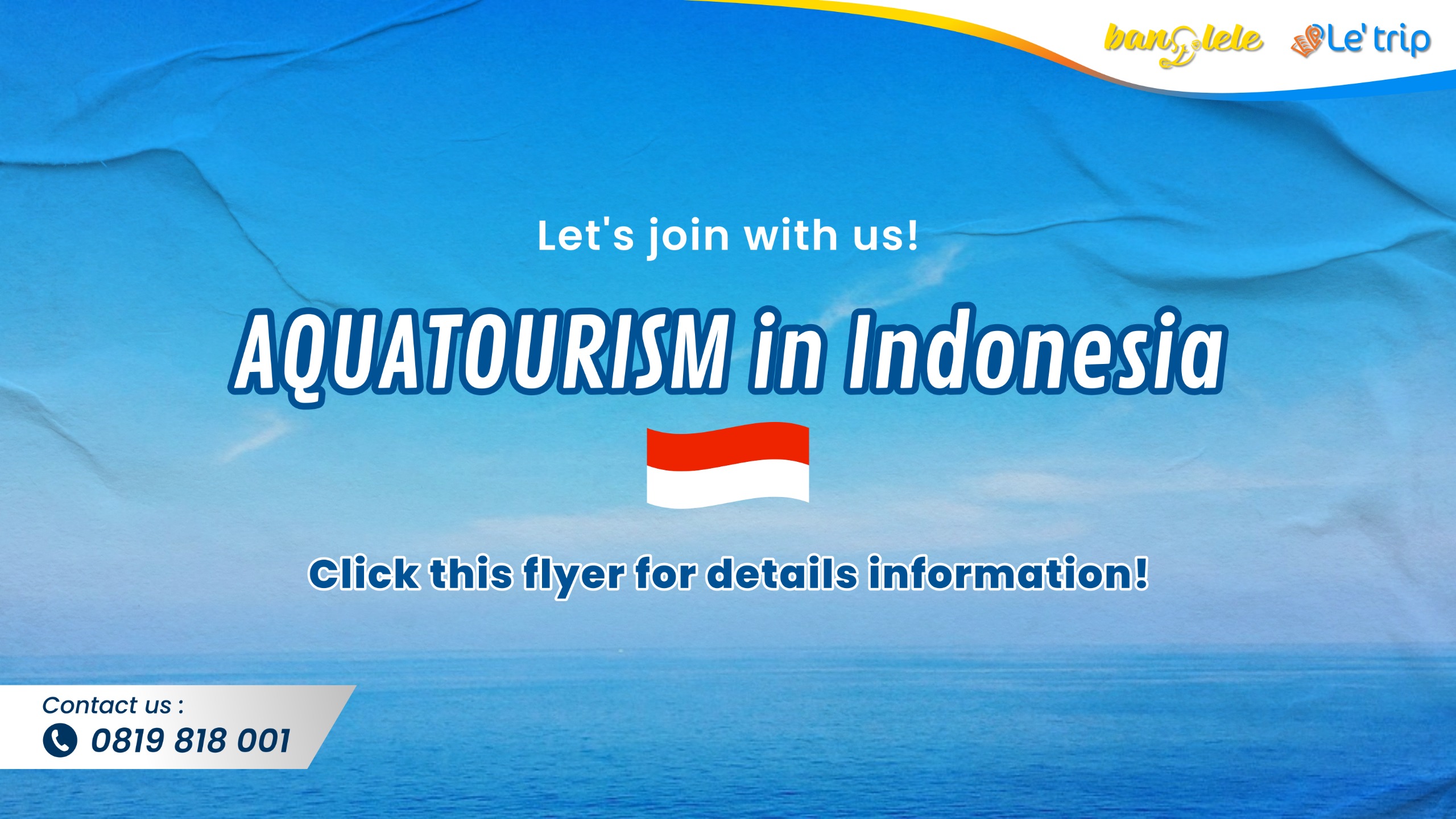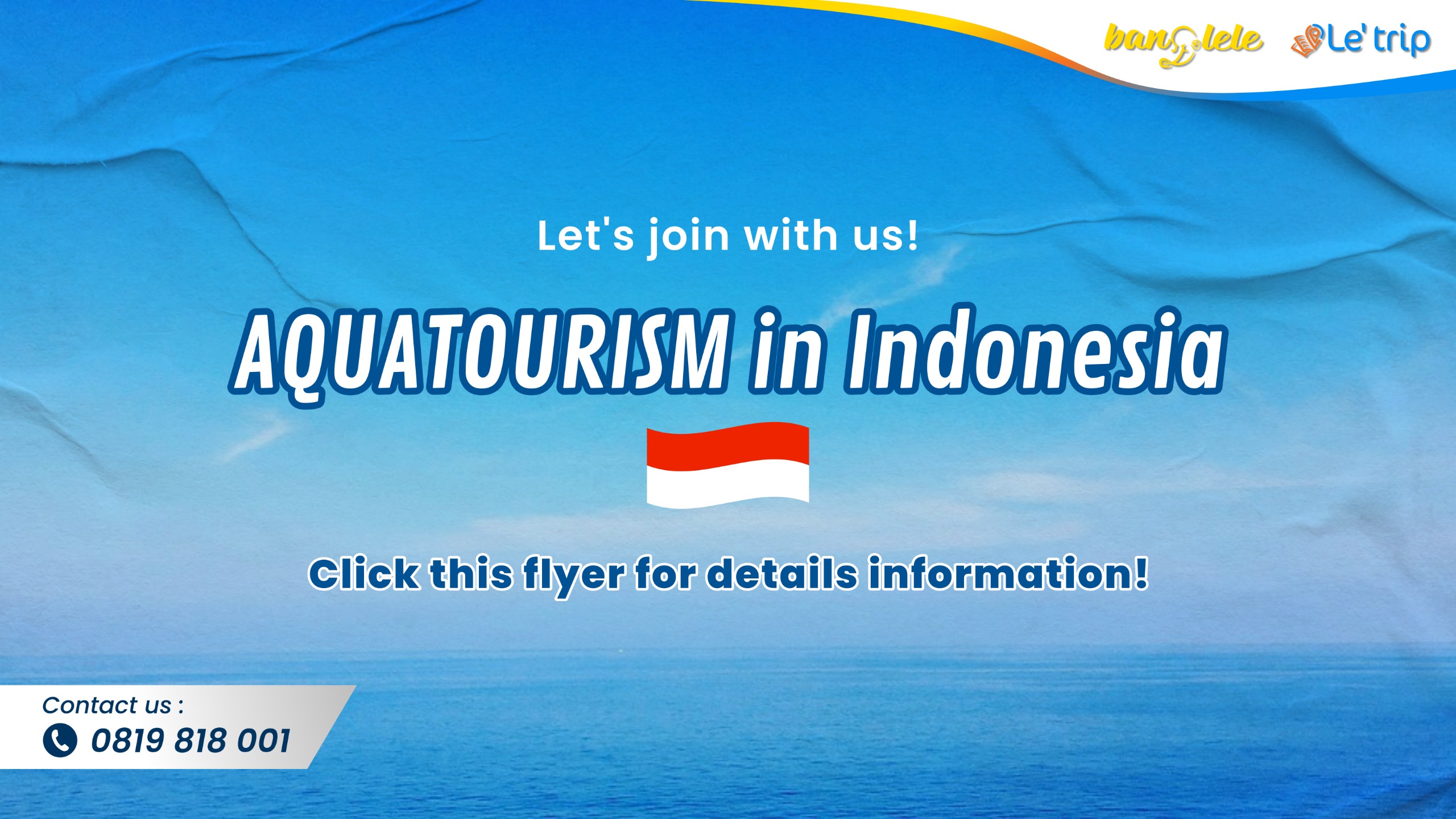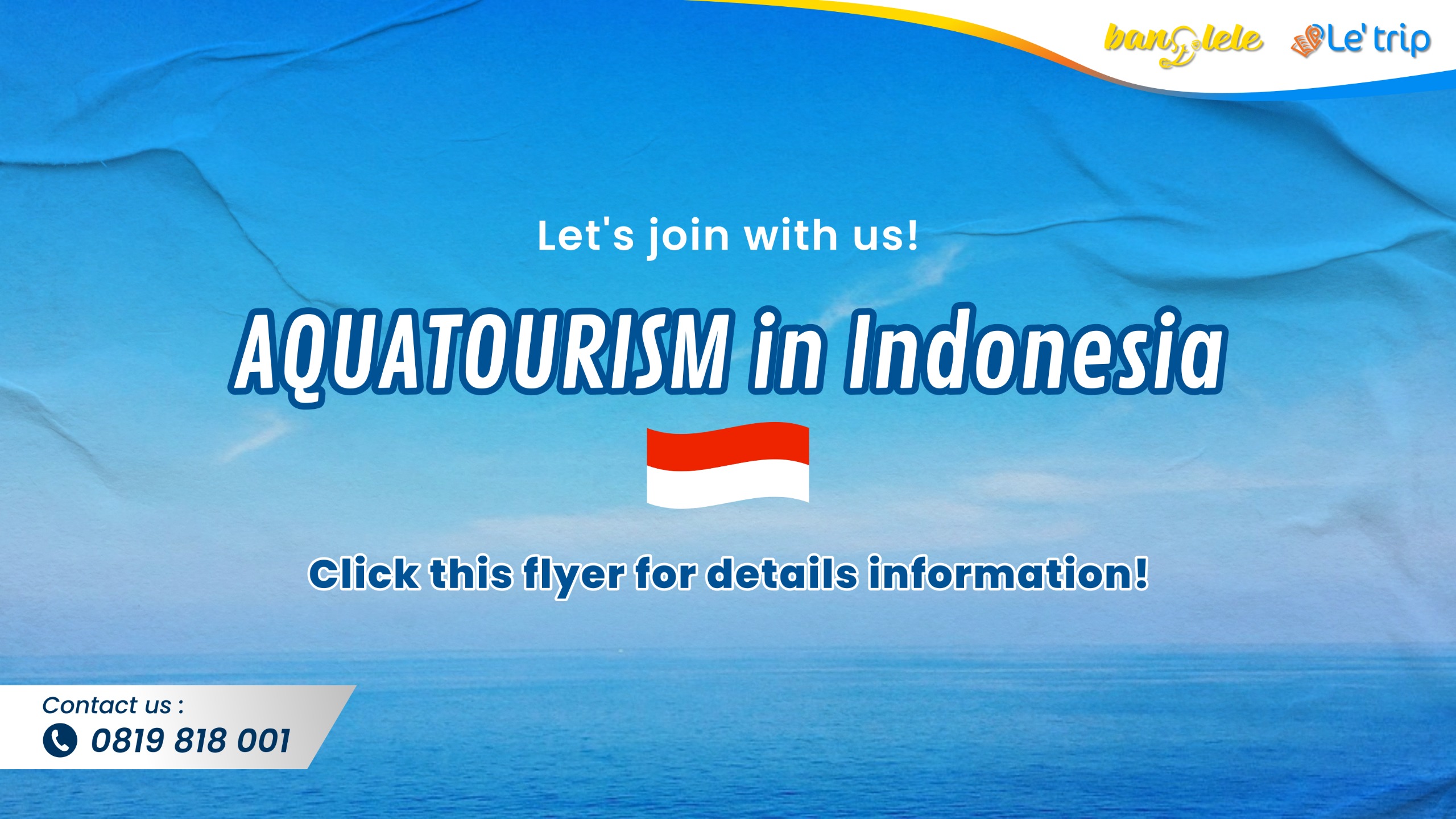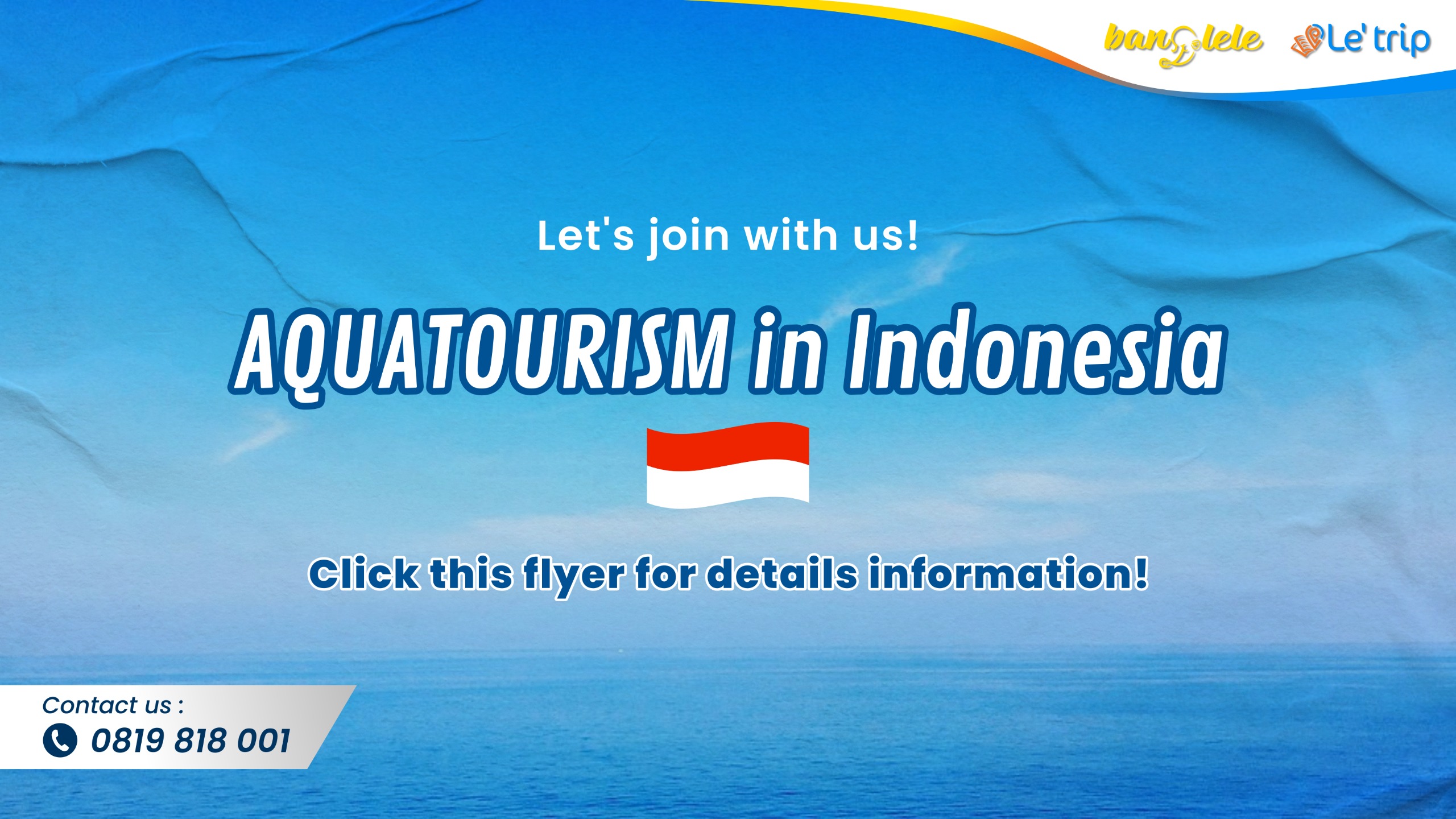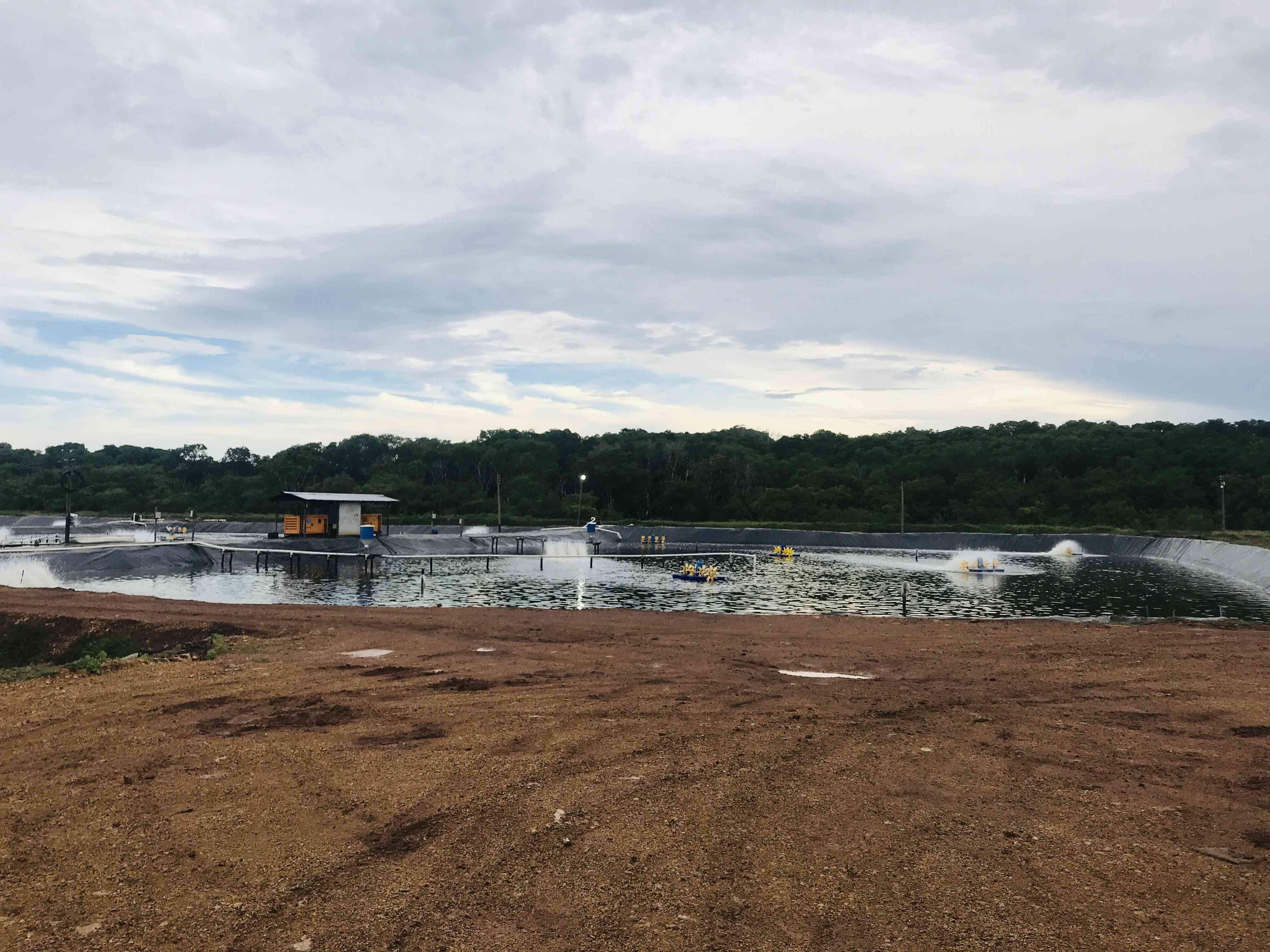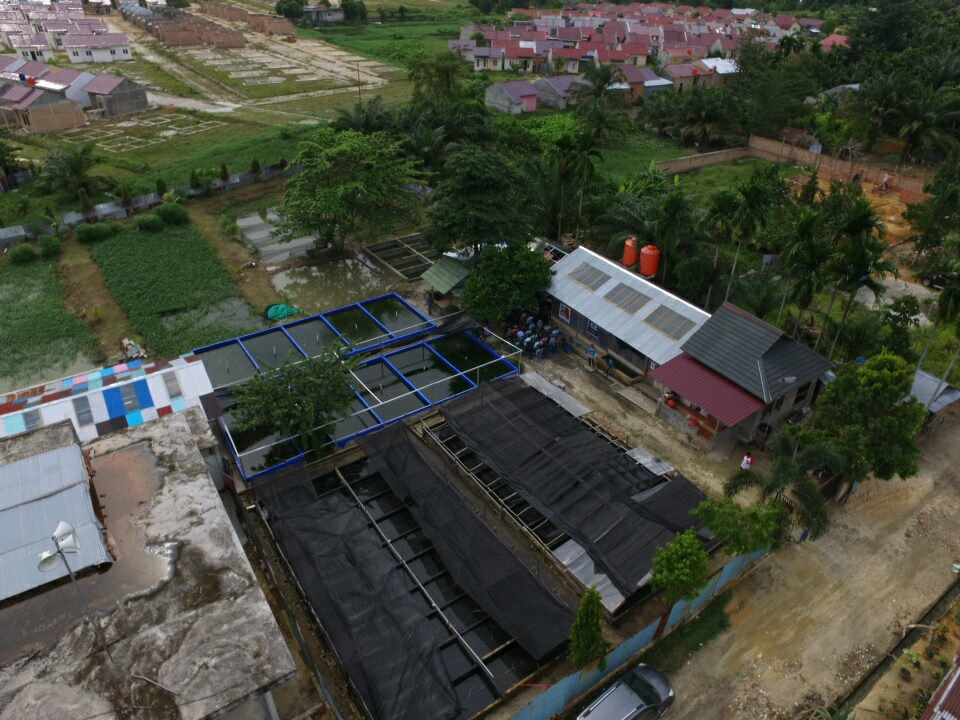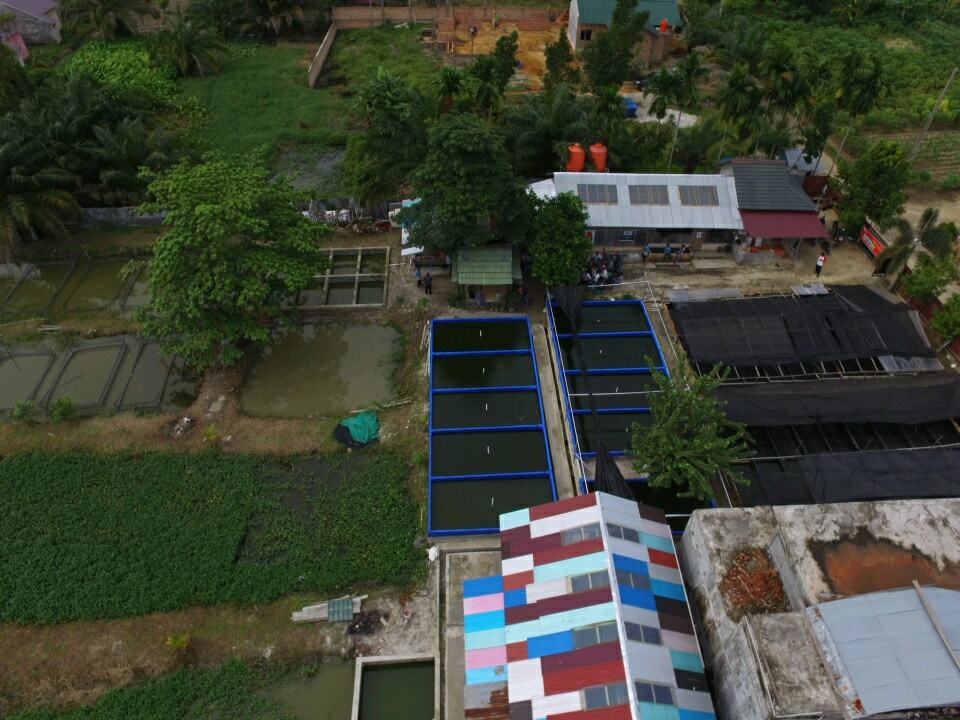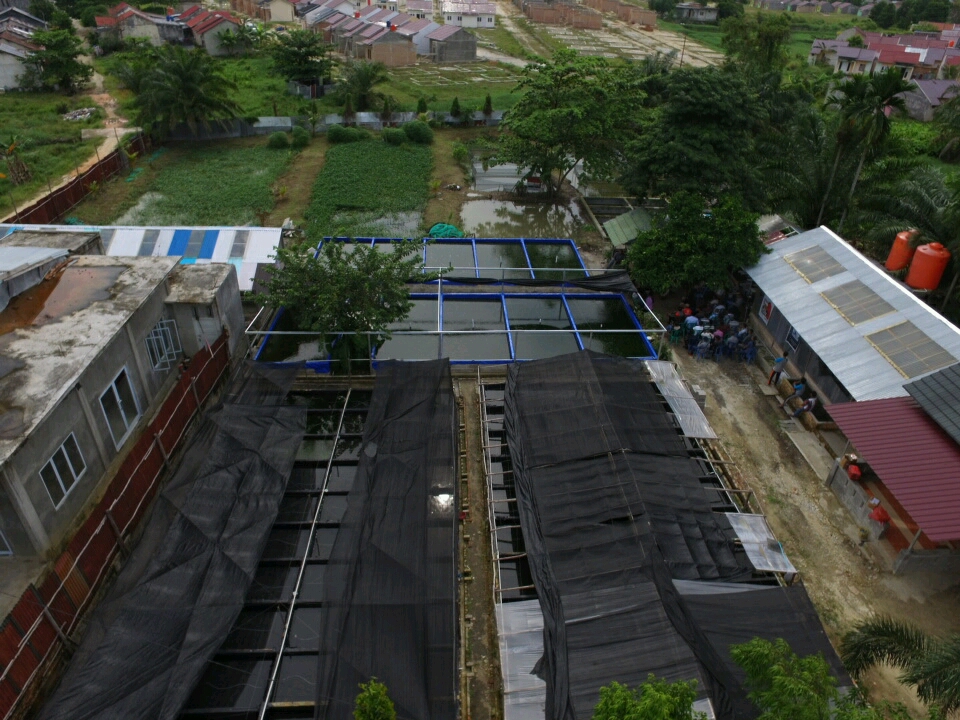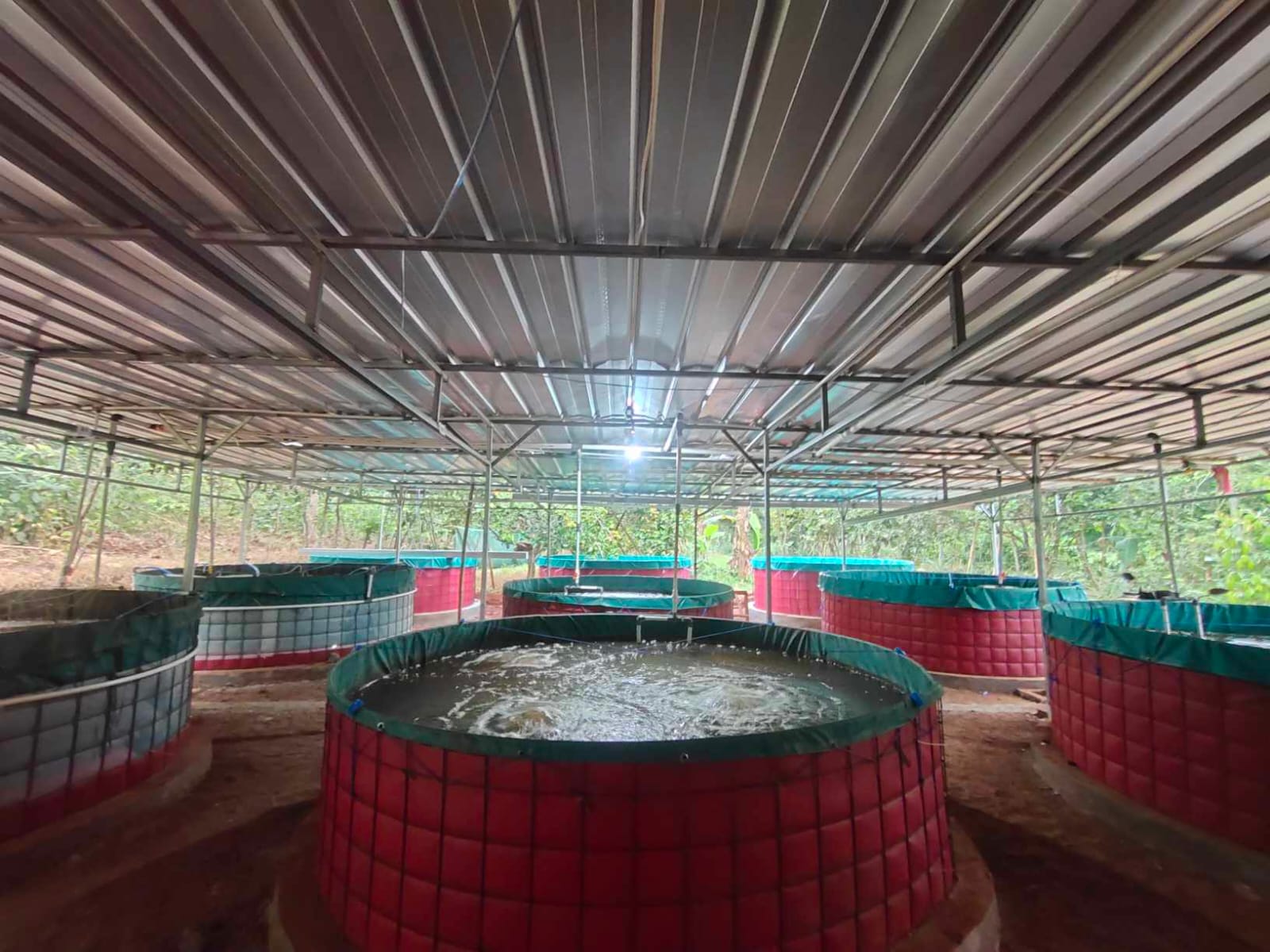Project plan for the construction of a fish feed factory utilizing local raw materials in Diego Suarez; a major solution for advancing the aquaculture sector in Madagascar
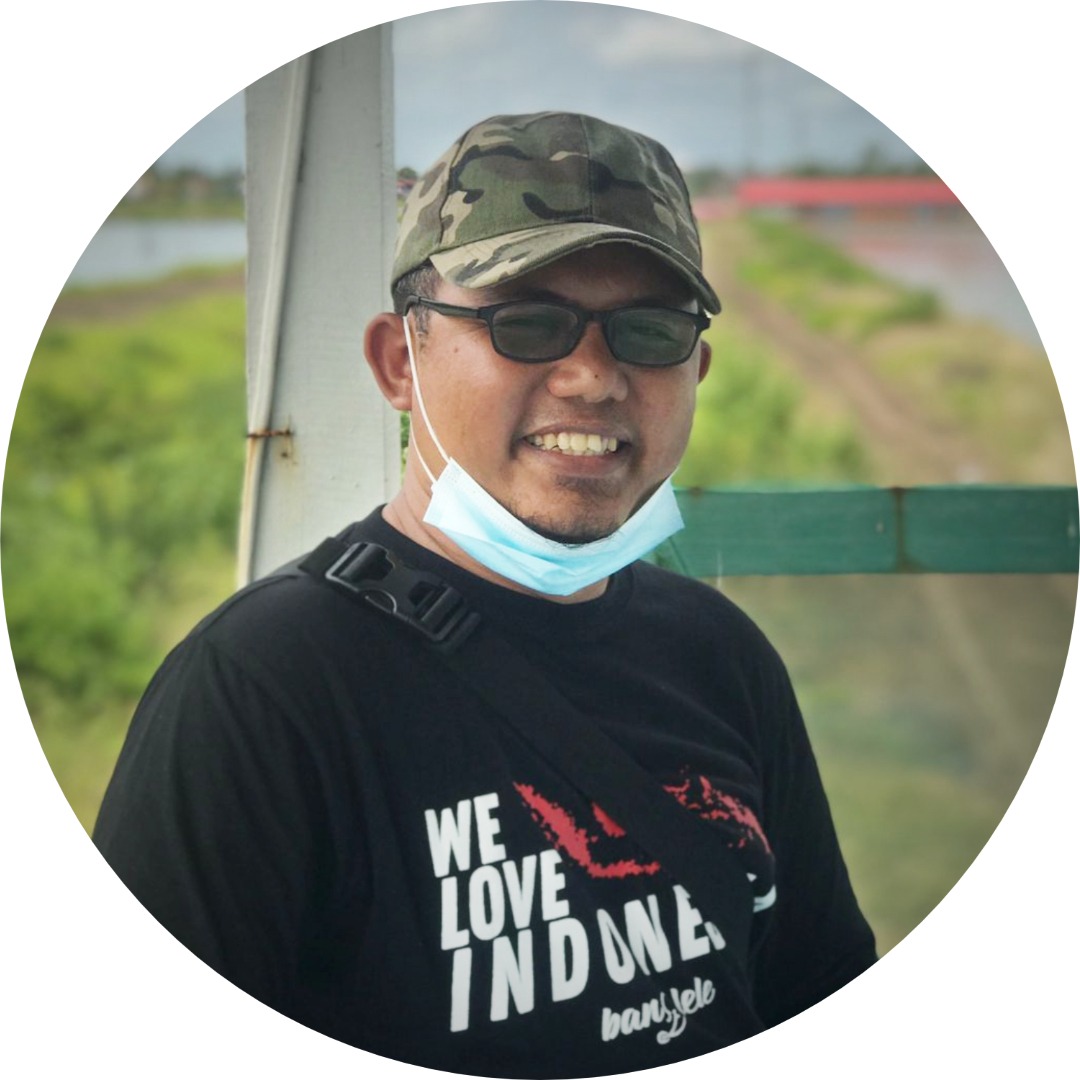

Image Source : Banglele Indonesia
Diego Suarez, locally known as Antsiranana, is a city at the northern tip of Madagascar with a rich colonial history, heavily influenced by the French. The name Diego Suarez is a combination of two Portuguese explorers, Diogo Dias, and Suarez, but French colonial influence has left a lasting mark on the region’s history. Today, the city's architecture and culture still reflect European, particularly French, lifestyles. Historic colonial buildings stand side by side with modern developments, making Diego Suarez one of the most unique cities in Madagascar.
As a key port city, Diego Suarez plays a crucial role in the economy of northern Madagascar. The city's dominant sectors include seafood trade, agriculture, and tourism. Additionally, the community has strong ties to France and Europe, with approximately 40% of the population having connections to these regions, either through dual citizenship or property ownership abroad. This connection significantly impacts the city’s economic stability, attracting European tourists and businesspeople.
Antsiranana Bay, known as Diego-Suarez Bay, large natural bay along the northeast coast of Madagascar
Tourism in Diego Suarez
Diego Suarez’s natural beauty makes it a premier tourist destination, particularly for European travelers. The city is known for its stunning white-sand beaches and crystal-clear blue waters, offering an extraordinary tropical experience. One of the most famous luxury resorts in the area is Miavana by Time & Tide, which provides an exclusive experience with rates reaching up to USD 4,000 per night. Reaching this resort requires a 1.5-hour drive followed by a one-hour speedboat ride or a helicopter trip for faster and more comfortable access. Miavana symbolizes the potential of Diego Suarez as a high-end tourist destination.
In addition to tourism, Diego Suarez is recognized for its direct flight connections to French territories such as Mayotte and Réunion, boosting both tourism and trade—especially for seafood, the region's primary commodity. Besides its natural beauty, the city is also known for its safety and cleanliness, making it an attractive and comfortable destination for visitors.
From a climatological perspective, Diego Suarez experiences a rainy season from December to April, with significant rainfall reaching 8-9 inches in January and February. The dry season lasts from May to November, with very low rainfall from June to September. While cyclones frequently impact Madagascar, Diego Suarez typically experiences milder effects compared to the eastern coastal regions.
Rainfall patterns in Diego Suarez
Visit of the Indonesian delegation: aquaculture cooperation potential
An Indonesian delegation, led by the Indonesian Embassy in Antananarivo, arrived at Arrachart Airport in Diego Suarez at 9:00 AM local time. They were warmly received by the Vice Governor and the Chairman of the Regional Parliament of Diana Province in the airport’s VVIP lounge, marking the beginning of an important visit aimed at developing cooperation between Indonesia and the Diana Province. During the meeting, both parties expressed their appreciation for the visit, which focused on the aquaculture and tourism sectors in the region. The presence of local officials highlighted their strong commitment to strengthening ties with Indonesia, a country renowned for its vast potential in aquaculture.
Following the welcoming event, the delegation proceeded to the Fisheries and Blue Economy Office of Diana Province. At this meeting, Mr. Barkah Tri Basuki (41) from PT Banglele Indonesia Maju presented several strategic opportunities for collaboration in the development of the aquaculture sector. His presentation covered various aspects such as the transfer of modern aquaculture technology, increasing production capacity, and the potential for expanding the fisheries business in Madagascar. The discussions were intensive, involving participants from government, business, and the general public, all of whom showed great enthusiasm for the cooperation plan. Madagascar views Indonesia as a valuable partner with the experience and technology needed to help accelerate the growth of the local aquaculture sector.
Historically, the people of Madagascar view Indonesia as their ancestral homeland, a connection that strengthened the warm and fruitful discussions. This bond was further emphasized by the presence of Madagascar’s Deputy Minister of Agriculture and Livestock, Dr. Raymond (52), who expressed his gratitude for the visit. In the discussions, Dr. Raymond expressed hopes for concrete follow-up actions, particularly in the form of tangible cooperation between the two countries, especially in the fisheries and agriculture sectors. He acknowledged Indonesia’s capacity to assist Madagascar in developing these critical sectors, particularly in Diana Province, which holds vast untapped potential.
On the second day, the Indonesian delegation visited several freshwater fish farming locations across Diana Province. These sites reflected the state of Madagascar’s aquaculture sector, which still relies heavily on traditional methods and natural catch as the primary source. One of the most significant challenges local fish farmers face is the lack of access to high-quality, affordable fish feed. Currently, Madagascar lacks a fish feed industry capable of producing and distributing products widely and efficiently, posing a major obstacle to the development of its aquaculture sector. The Malagasy community sees great potential in collaborating with Indonesia, particularly in supporting the development of a modern fish feed industry and more efficient farming methods.
A local resident feeding fish cultivated in traditional ponds
A key challenge in the aquaculture sector in Madagascar, including in Diego Suarez, is the reliance on traditional farming techniques. Most freshwater fish farmers in the region still use outdated methods and have limited access to modern technology and essential inputs, such as quality fish feed. The sector has yet to experience significant transformation, which, while a challenge, also signals a positive opportunity for the development of environmentally friendly and sustainable aquaculture practices. Locally produced fish feed remains expensive because much of the raw materials are still imported.
Mr. Barkah Tri Basuki emphasized the importance of preserving Madagascar’s aquatic resources, which remain in good condition, to prevent degradation as the aquaculture sector grows. He stressed that aquaculture development strategies must include mitigation efforts to prevent environmental damage, such as overfishing or unsustainable farming practices. Mr. Basuki is optimistic about Madagascar’s prospects in this sector, especially since the local government has made "blue food" one of the main pillars of national development. With the right policies and sustainable resource management, Madagascar’s aquaculture sector is expected to grow rapidly, offering both economic and ecological benefits to the country.
Visit to Etablissement Mananjara
On the final day of the visit, the Indonesian delegation toured Etablissement Mananjara, a seafood processing company with an export-oriented focus. Established in 2017 after receiving government approval, this company has since become a major player in Madagascar’s fishing industry. Employing around 110 people, Etablissement Mananjara is certified by the Hazard Analysis Critical Control Points (HACCP) system, ensuring that its seafood products meet international quality standards. One of the company’s strengths lies in its cold storage capacity, which can hold up to 1,400 tons of seafood, enabling it to store products before exporting them to key markets such as Mauritius and Reunion. Each month, the company exports around 3-4 containers, each 40 ft in size, with a total annual production of 400-500 tons of processed fish, of which approximately 60 tons are sold in the local market.
In addition to its strong processing infrastructure, Etablissement Mananjara also operates a fleet of 10 fishing vessels, each with a capacity of 1,500 kg, and holds government fishing licenses. The company also buys seafood from local fishermen, further solidifying its role in Madagascar’s fishing industry. The variety of seafood it processes is extensive, including octopus, lobster, crab, shrimp, squid, and various fish species such as grouper, Scarus ghoban, red snapper, and white snapper, which are mostly produced as export-quality fillets.
Workers from Etablissement Mananjara cleaning fish
However, Mr. Mananjara (46), the owner of Etablissement Mananjara, expressed concerns over the declining seafood catch and believes that relying on wild catch is not a sustainable long-term solution. He sees freshwater fish farming as a promising alternative. During the visit, Mr. Mananjara introduced the delegation from PT Banglele Indonesia Maju to a 20-hectare site that is planned for the development of a tilapia fish farming operation, with a target production of 25 tons per month, some of which will be designated for export. The site is strategically located near the company’s seafood processing plant and is surrounded by vast savannahs and a beautiful ocean. The area also has abundant groundwater available year-round through boreholes.
To support this development, Mr. Barkah Tri Basuki voiced his backing for Mr. Mananjara’s project. He suggested that the company also develop fish feed using locally abundant materials, including protein- and mineral-rich seafood processing waste. The waste, which comes from Etablissement Mananjara’s processing plant, amounts to around 40-50 tons per year and can be transformed into high-quality fish feed. Additionally, other seafood processing plants around Diego Suarez can serve as sources of supplementary waste for fish feed production.
Mr. Barkah also pointed out that the supply of imported fishmeal, which is commonly used as the main ingredient in fish feed, has become increasingly scarce. As an alternative, he proposed using chicken feather meal, which is rich in protein, as a substitute for fishmeal. Local materials such as crab meal (available at 1 ton per month), corn, bran, and legumes present a great opportunity for Madagascar to produce its own fish feed. Currently, the available fish feed is largely imported and expensive, costing around 7,000 Ariary or about IDR 23,000 per kilogram, which is beyond the reach of local farmers.
Innovation and cooperation to improve livelihoods
One of the biggest challenges facing the aquaculture sector in Madagascar is the limited access to affordable manufactured fish feed. This has a direct impact on local fish farmers, particularly in Diego Suarez, who still rely on traditional farming methods and limited resources. During discussions between Mr. Barkah Tri Basuki, KUTAP RI, and Konhor RI Tamatave at the Etablissement Mananjara office, a significant idea emerged: the construction of a fish feed factory in partnership with Indonesia.
Mr. Barkah emphasized that this factory should aim to provide affordable fish feed for local farmers. By doing so, the people of Diego Suarez can access quality fish feed without having to bear high costs. Moreover, Etablissement Mananjara could adopt an inclusive partnership model, not only supplying affordable feed and fish seeds but also involving the community in advanced aquaculture training through a "Traditional Plus" system. This system, an upgrade from the traditional methods still widely used, would be supported by technology from Indonesia. It would include training on how to make better use of local resources, ensure environmental sustainability, and increase yields.
The partnership model would also involve Etablissement Mananjara purchasing the farmers’ harvests. Thus, the company would not only supply inputs like feed and seeds but also close the business loop by buying the community’s produce for further processing at its plant. These processed products would then be sold locally and exported to countries like Mauritius and Reunion, opening up broader economic opportunities for the people of Diego Suarez and the Diana Province as a whole.
Banglele Indonesia and the Indonesian Embassy in Antananarivo engage in conversation with local residents
Through this initiative, Etablissement Mananjara is expected to become a socially responsible company by promoting economic inclusion and improving the livelihoods of the local population. This program is also anticipated to create new jobs and develop a collective aquaculture-based economy. In the long term, this concept will not only strengthen Etablissement Mananjara’s position in Madagascar’s fishing industry but also promote environmentally friendly and sustainable business practices. The feed factory to be built under this partnership will focus on sustainability principles by utilizing local materials like fishery and agricultural waste, thereby reducing dependence on imports



